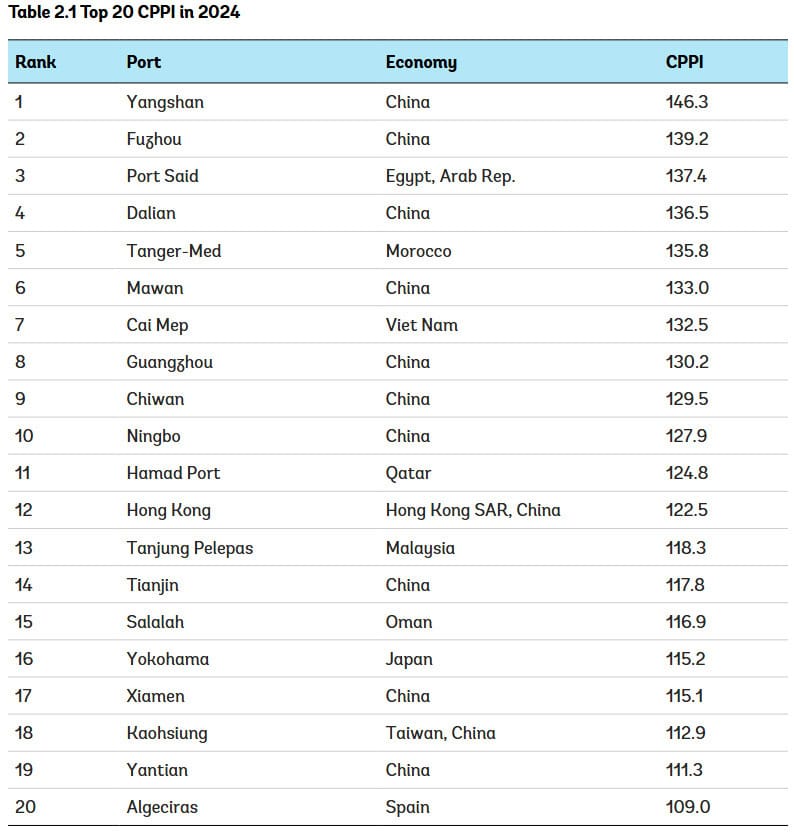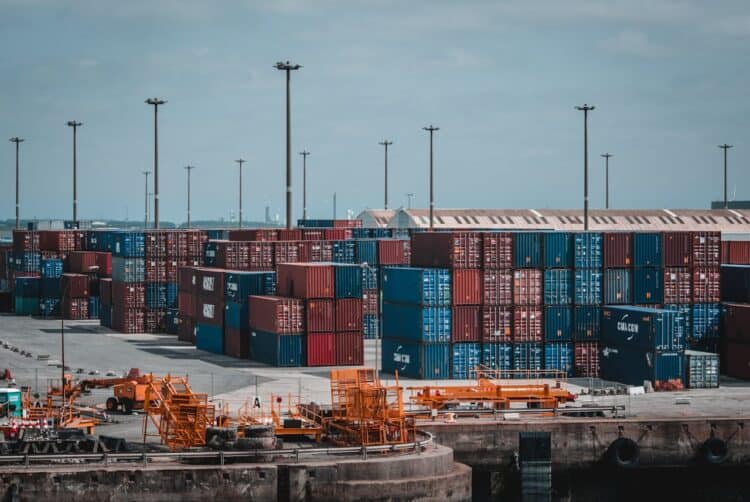A recent report from the World Bank Group and S&P Global Market Intelligence reveals significant variations in port performance globally, with Asia's supply chains emerging as a beacon of resilience.
Despite overall declines in port efficiency between 2020 and 2024 due to crises such as the Red Sea crisis and ongoing challenges at the Panama Canal, East Asian ports have shown remarkable improvement, leading the rankings in 2024.

According to the Container Port Performance Index (CPPI), East Asian ports not only maintained their operational standards but also enhanced their performance metrics, suggesting strong adaptability in the face of disruptions.
South Asian ports also displayed commendable recovery, demonstrating that regions often overshadowed by larger global players can achieve substantial gains.
Acknowledging the trend, Nicolas Peltier-Thiberge, global director for transport at the World Bankadds: "Even amid the multiple shocks, developing country ports are finding ways to adapt, improve, and maximize value. It's a reminder that with better planning, technology, and cooperation across the logistics chain, ports can make significant strides in their efficiency."
The report highlights several developing country ports that improved their rankings significantly, including Jawaharlal Nehru in India and Dakar in Senegal. These advancements can be attributed to strong political commitment, partnerships with global terminal operators, and streamlined trade procedures. Targeted investments from financial institutions have also played a crucial role in enhancing port operations.
The CPPI's new multi-year trend analysis offers a comprehensive view of 403 container ports worldwide, utilising a robust dataset that encompasses over 175,000 vessel calls and 247 million container moves. By focusing on total vessel time in port as a key indicator of operational efficiency, the report provides insights into the resilience and reliability of global trade networks.
Moreover, the introduction of 24/7 crane operations and optimal crane deployment, along with the implementation of digital platforms that connect customs and logistics partners, is expected to yield measurable gains in competitiveness and resilience.
"The CPPI, and its underlying data, serves as a diagnostic tool, enabling stakeholders to pinpoint structural inefficiencies and develop strategies for enhancing port operations," says Turloch Mooney, global head of port intelligence & analytics at S&P Global Market Intelligence. "As we navigate an increasingly complex global shipping environment, understanding and improving port performance is essential for economic growth and competitiveness."
As Asia's ports continue to innovate and adapt, they are well-positioned to support the region's supply chains in navigating the challenges of the global trade landscape.



